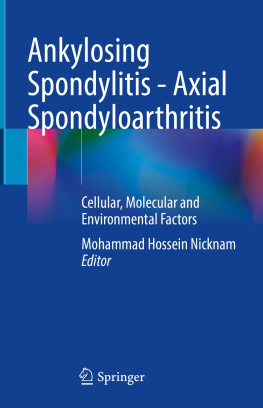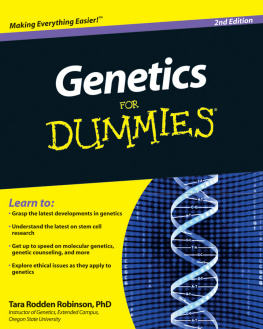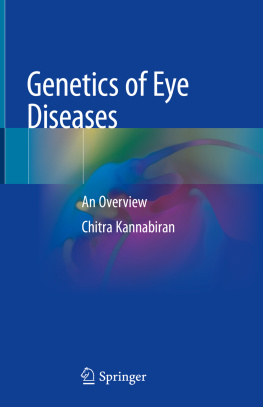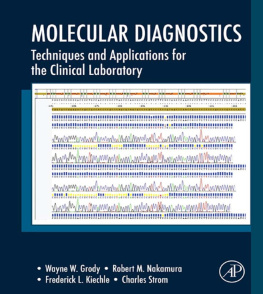Amit Singh - Molecular Genetics of Axial Patterning, Growth and Disease in Drosophila Eye
Here you can read online Amit Singh - Molecular Genetics of Axial Patterning, Growth and Disease in Drosophila Eye full text of the book (entire story) in english for free. Download pdf and epub, get meaning, cover and reviews about this ebook. year: 2020, publisher: Springer International Publishing, genre: Romance novel. Description of the work, (preface) as well as reviews are available. Best literature library LitArk.com created for fans of good reading and offers a wide selection of genres:
Romance novel
Science fiction
Adventure
Detective
Science
History
Home and family
Prose
Art
Politics
Computer
Non-fiction
Religion
Business
Children
Humor
Choose a favorite category and find really read worthwhile books. Enjoy immersion in the world of imagination, feel the emotions of the characters or learn something new for yourself, make an fascinating discovery.
- Book:Molecular Genetics of Axial Patterning, Growth and Disease in Drosophila Eye
- Author:
- Publisher:Springer International Publishing
- Genre:
- Year:2020
- Rating:5 / 5
- Favourites:Add to favourites
- Your mark:
- 100
- 1
- 2
- 3
- 4
- 5
Molecular Genetics of Axial Patterning, Growth and Disease in Drosophila Eye: summary, description and annotation
We offer to read an annotation, description, summary or preface (depends on what the author of the book "Molecular Genetics of Axial Patterning, Growth and Disease in Drosophila Eye" wrote himself). If you haven't found the necessary information about the book — write in the comments, we will try to find it.
Amit Singh: author's other books
Who wrote Molecular Genetics of Axial Patterning, Growth and Disease in Drosophila Eye? Find out the surname, the name of the author of the book and a list of all author's works by series.
Molecular Genetics of Axial Patterning, Growth and Disease in Drosophila Eye — read online for free the complete book (whole text) full work
Below is the text of the book, divided by pages. System saving the place of the last page read, allows you to conveniently read the book "Molecular Genetics of Axial Patterning, Growth and Disease in Drosophila Eye" online for free, without having to search again every time where you left off. Put a bookmark, and you can go to the page where you finished reading at any time.
Font size:
Interval:
Bookmark:
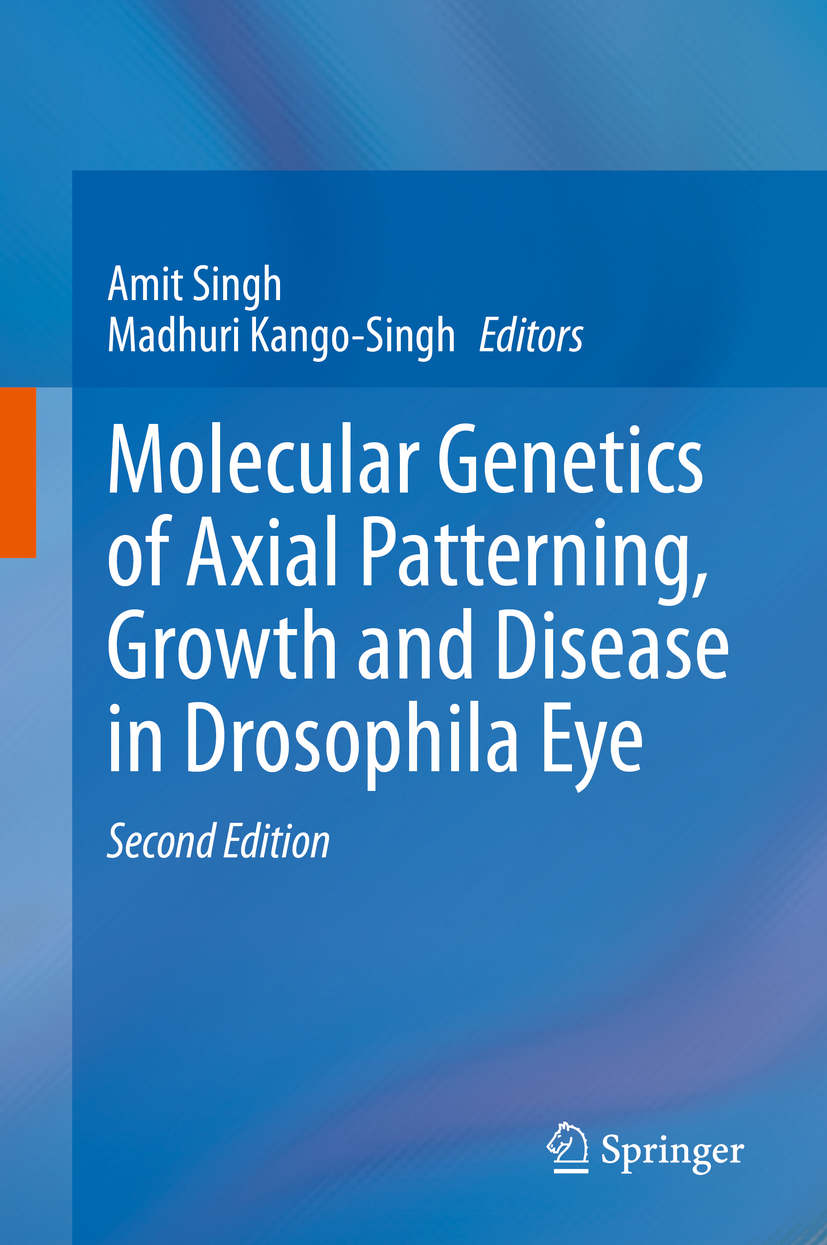

This Springer imprint is published by the registered company Springer Nature Switzerland AG
The registered company address is: Gewerbestrasse 11, 6330 Cham, Switzerland
To
Our Parents
Late Prof. Hari Om Singh
Mrs. Dinesh Kumari Singh
Late Mr. D.M. Kango
Prof. Mangala Kango
&
Our Daughters
Aditi Singh
Manasi Singh
The fly sat upon the axle tree of the chariot-wheel and said, what a dust do I raise!Aesop
The quest to understand how a single-celled embryo is transformed into a multicellular three-dimensional organism with complex structure and functions has been a challenge for the developmental biologists for ages. This question resembles the search for the holy grail of modern-day biology. During the development of a multicellular organism, cell proliferation is tightly regulated to produce specific number of cells, which in turn is followed by a fundamental process of differentiation that is regulated by a genetic circuitry. Any perturbation in this finely tuned process results in defects. Therefore, the basic cell biological process of cell proliferation, cell differentiation, and cell death play important roles in sculpting an organ during organogenesis. Since the genetic machinery is highly conserved, it has been pointed out that the basic core machinery involved in regulating these fundamental processes are similar. In developmental biology, it is important to unravel the mechanism of fate assignment and differentiation.
The time testedDrosophila melanogaster(fruit fly) model has played a central role in developmental biology during the twentieth century. TheDrosophilamodel has a long genetic legacy, beginning with Thomas Hunt Morgan in early 1900 (Morgan 1911). A judicious blend of molecular and developmental genetics has proved beyond doubt thatDrosophilais a valuable model for addressing important questions of modern-day biology. There are several thousand people whose work/lives center around the little fruit flyDrosophila melanogaster. In recent years, the emphasis of their studies has shifted from inheritance to development and disease. In the hands of a small number of particularly imaginative scientists, traditional genetics, experimental embryology, and new molecular genetic techniques have been combined to build a picture of developmental mechanisms. To date,Drosophilahas maintained its status as a trusted and highly versatile model to study patterning, growth, and disease. Among all the adult body structures, theDrosophilaeye, because of its simple structure and easy amenability to mutations and genome-wide screens has become an important tool in the hands of Drosophilists.
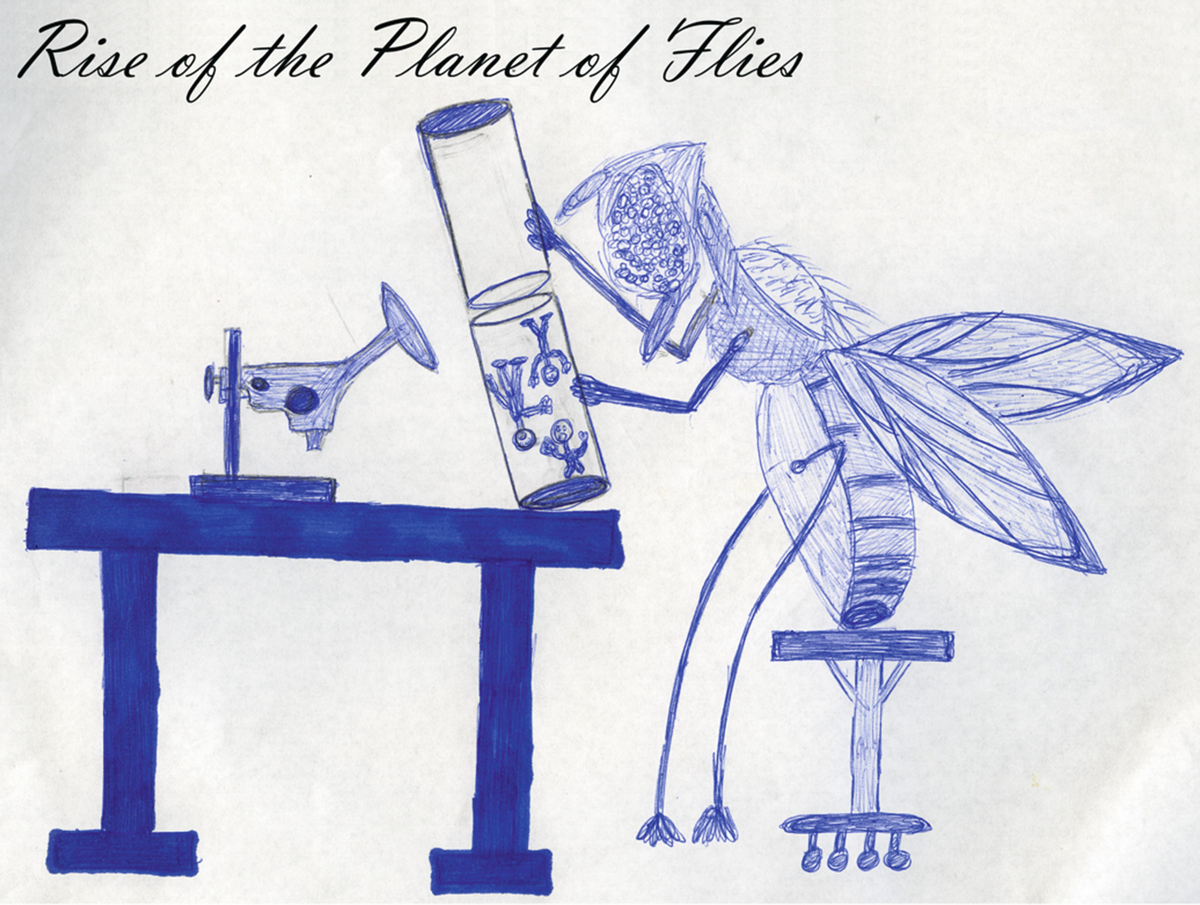
The study of developing eye from a two-dimensional eye primordium to a three-dimensional adult eye and visual system, and the use of eye model to study patterning, growth, development, evolution, and disease is the topic of the current book. TheDrosophilaeye has been intensively studied to explore cell biological processes like cell fate specification, patterning, growth, and cell signaling. Understanding the generation and functioning of eye as an organ, our primary sensory modality, is important. We are curious to know how the visual system assembles.
It is now almost 37 years since the seminal paper from Ready et al. (1976) described the development and structure ofDrosophilacompound eye. The discovery of morphogenetic furrow (MF), a wave of differentiation, which is initiated from the posterior margin of the eye imaginal disc and sweeps in the anterior direction (Ready et al. 1976), is considered to be a major milestone inDrosophilaeye field. It results in differentiation of retinal precursor cells to photoreceptor neurons. It was known that adult appendage develops from a group of cells set aside during embryonic development, which grows during larval stages and then metamorphose into adult appendages. Tomlinson provided the electron microscopic view of cellular events that follow the formation of morphogenetic furrow (Tomlinson 1985). Generation of monoclonal antibodies to detect early cell differentiation was another major landmark (Fujita et al. 1982). Enhancer trap technique using P element-mediated transgenesis proved to be an important tool that still remains an asset in the arsenal of modern-day fly geneticists tool kit (Bellen et al. 1989; Grossniklaus et al. 1989; Wilson et al. 1989). Another important milestone was demonstration of structural and functional similarity in the genetic circuitry involved in eye development in flies and humans (Halder et al. 1995; Quiring et al. 1994). These studies completely changed the outlook of the eye field. Halder et al. (1995) reported the master selector gene concept in the eye where they demonstrated thateyeless (ey) Drosophilahomolog of PAX-6 gene could reprogram other tissues and generate ectopic eyes in the wing, leg, and antenna. These studies provided a great impetus to theDrosophilaeye model, which by then was also used to address questions for human disease. The evolution ofDrosophilaeye research cannot be complete without mentioning the contributions of Seymour Benzer, Walter Gehring, and Gerald M. Rubin. The hard work of Gerald Rubin and his collaborators came to fruition when fly genome was published in 2000 (Adams et al. 2000; Myers et al. 2000; Rubin et al. 2000). It was instrumental in validating the observation of Gehrings group that there is a strong conservation in the genetic circuitry of flies with that of humans and other vertebrates. It completely changed the field and put the fly model on the forefront among all other animal models. These discoveries led to generation of new genetic and molecular technology, and put
Font size:
Interval:
Bookmark:
Similar books «Molecular Genetics of Axial Patterning, Growth and Disease in Drosophila Eye»
Look at similar books to Molecular Genetics of Axial Patterning, Growth and Disease in Drosophila Eye. We have selected literature similar in name and meaning in the hope of providing readers with more options to find new, interesting, not yet read works.
Discussion, reviews of the book Molecular Genetics of Axial Patterning, Growth and Disease in Drosophila Eye and just readers' own opinions. Leave your comments, write what you think about the work, its meaning or the main characters. Specify what exactly you liked and what you didn't like, and why you think so.


